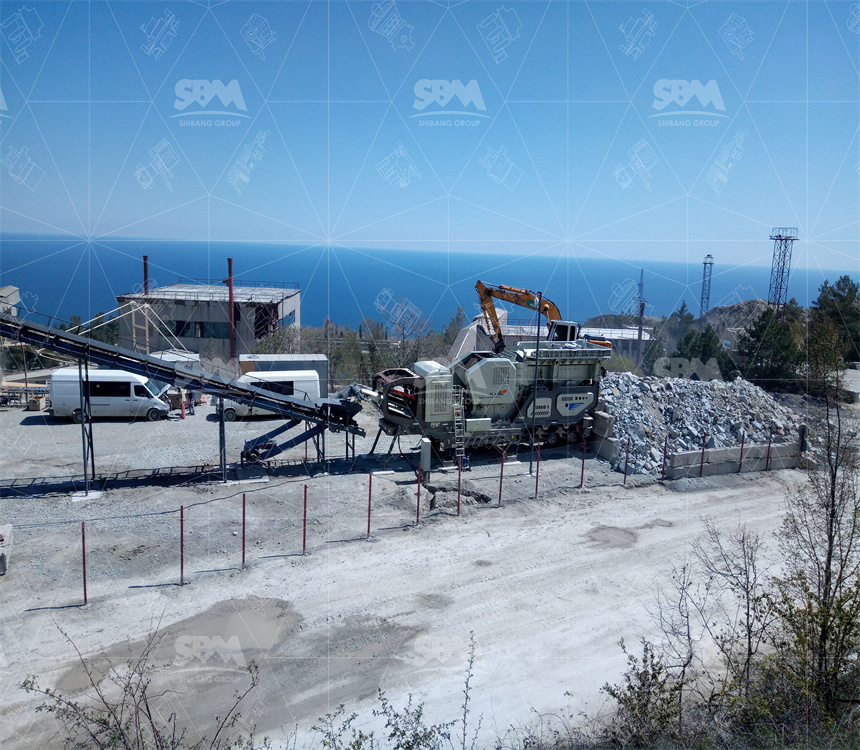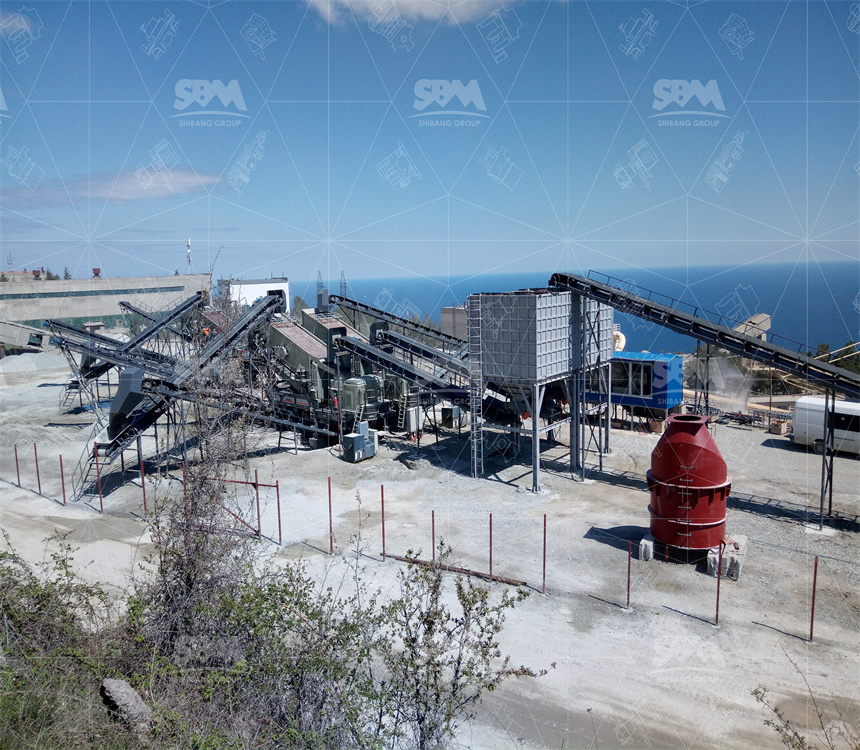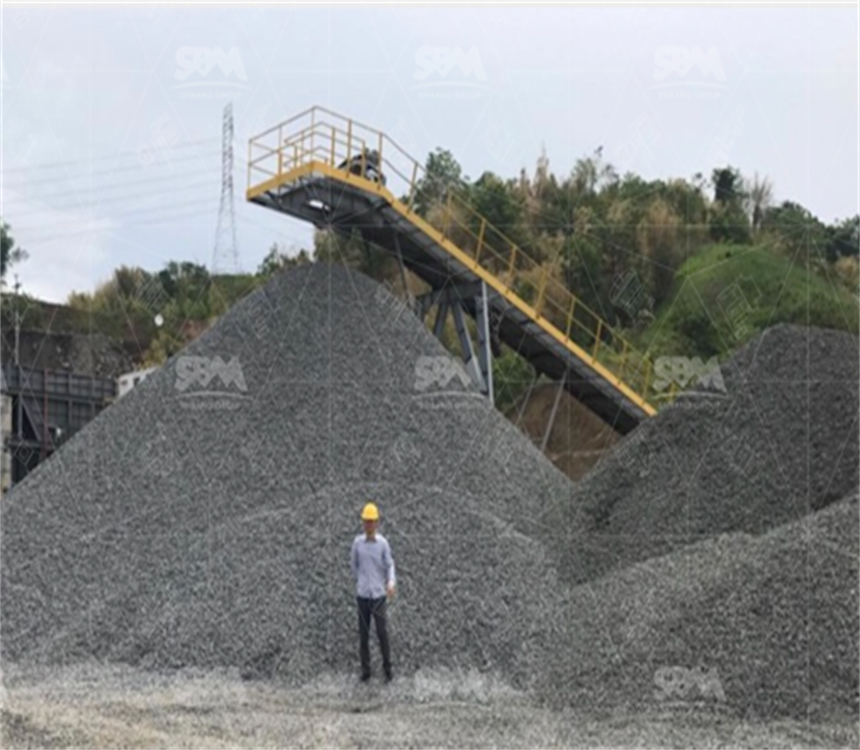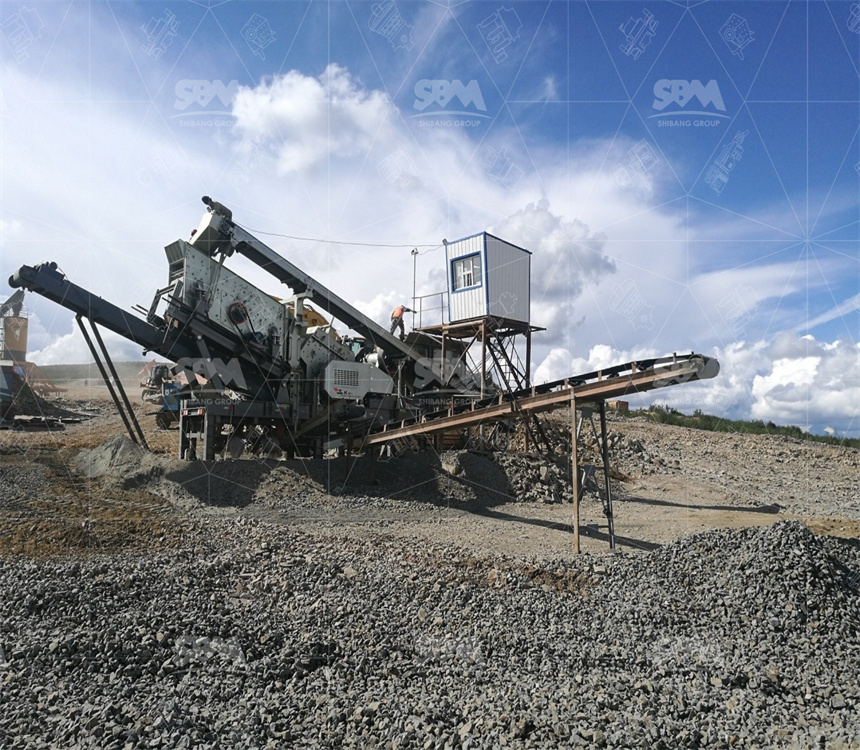The application of mobile crushing equipment in Nigerian mining industry is growing steadily, driven by rising demand of construction aggregates, gold ore beneficiation, and iron ore exploitation. Portable crusher machines integrate primary and secondary crushing processes in one chassis, reducing cost and improving efficiency. In this article, we will discuss working principles, structural features, performance parameters, case studies, and practical selection advice for portable crusher machine in Nigeria mining field. The technical data are referenced from manufacturer standard datasheets and verified by engineering practice on site.

A portable crusher machine is a movable plant, combining feeding unit, crusher host, screening system, and conveying belt on a wheel or track chassis. It allows direct processing of raw rocks on mining site, avoiding multiple transportation phases. In Nigeria, abundant resources such as limestone, granite, basalt, iron ore, gold ore, and bauxite require crushing solutions adaptable to different hardness and humidity conditions. Due to the tropical climate, machines must resist high temperature, dust, and humidity. Portable crusher is designed for such harsh environment with stable performance.
The machine relies on jaw crusher or cone crusher as main host. Material is fed into chamber through vibrating feeder. In jaw type, compressive force generated by moving and fixed jaw plates reduces rock size. Crushing ratio generally ranges 4–6. Output size can be adjusted by CSS (closed side setting), typically from 20mm to 150mm. In cone type, eccentric rotation of mantle crushes stone against concave wall. Crushing chamber types include coarse, medium, and fine. OSS (open side setting) defines maximum discharge gap. Motor power is transferred through V-belt, ensuring proper speed around 300–500 rpm. These data follow ISO mineral processing standards and have been validated in multiple Nigerian quarry projects.
The machine models vary from small wheel mounted to large tracked units. Below table demonstrates typical parameters for jaw and cone configuration:
| Model | Feeding size (mm) | Capacity (t/h) | Power (kw) |
|---|---|---|---|
| Portable Jaw 750 | 630 | 80-220 | 110 |
| Portable Cone 1200 | 200 | 90-250 | 132 |
| Portable Impact 1210 | 350 | 70-180 | 110 |

Energy consumption averages 0.8–1.2 kWh per ton crushed, depending on material hardness. Maintenance interval is usually 400–600 working hours for liner replacement. Average failure rate reported in site logs is below 2% per month. Nigerian operators confirm reduced downtime and better fuel economy compared with stationary plants.
The plant structure includes chassis, power drive, crusher host, feeder, screen, and conveyors. Steel frame chassis ensures stability during vibration. Hydraulic legs allow quick installation. Feeder with variable speed control maintains uniform material flow. Screening unit has multilayer meshes, separating finished aggregates. Conveyors use heavy duty rollers with dust covers. Diesel generator set is optional in sites without stable electricity. Machines comply with CE and ISO quality certification, meeting international safety regulations.
Portable crusher machines are widely applied in Nigerian mining and construction:
Each scenario demands different chamber design and output specification. For example, granite requires high crushing force and wear resistant liners, while limestone can be processed with lighter jaw units. Local climate with frequent rain requires water proof electrical system and anti-rust coating.
One Nigerian contractor installed a portable jaw 750 with vibrating feeder and double deck screen. Feed size was 500mm granite, compressive strength 200 MPa. Output capacity achieved 200 t/h, producing 0-25mm, 25-50mm aggregates. Energy cost was recorded at 1.1 kWh/t. Maintenance log showed jaw plate replacement every 520 hours. Customer confirmed 15% lower cost per ton compared with old stationary unit. Noise level measured at 82 dB, within environmental standards.
A small scale mining group used portable cone 1200 combined with belt conveyor and generator. Feed size 180mm gold ore with quartz veins. CSS set at 25mm. Daily output reached 120 t, with 85% passing 30mm fraction. Machine power draw averaged 115 kW. Operators highlighted easy mobility between pits and reduced haulage cost. Regular oil change every 300 hours kept system reliable. Recovery plant downstream reported improved gold liberation due to uniform particle size distribution.

A cement manufacturer adopted portable impact 1210 with vibrating screen. Feed size 300mm limestone, capacity 150 t/h. Output fractions 0–15mm and 15–30mm used directly in kiln feed. Fuel saving estimated 12% compared with old hammer crusher. Equipment ran 20 hours per day with only minor belt adjustment maintenance. After 18 months, ROI was achieved, confirming strong economic advantage. Dust suppression system reduced emission by 30%, meeting Nigerian environmental regulation.
Selection of portable crusher must consider feed hardness, abrasiveness, humidity, required capacity, and final product size. Jaw type is best for primary hard rock, cone type for secondary medium hard, and impact type for soft to medium. Operators must follow lubrication schedule, liner wear monitoring, and screen mesh inspection. Spare parts stock reduces downtime. Safety training is mandatory. Long term cost analysis shows lower lifecycle cost compared with renting equipment. Empirical formula P=E/Q (power per ton) helps calculate efficiency. For example, with 110kW engine and 100 t/h capacity, consumption is 1.1 kWh/t, within industry standard 0.9–1.3.
Portable crusher machine brings following advantages:
When choosing a unit, engineers should evaluate feed characteristics, desired product, capacity requirement, and site condition. Portable jaw suits hard granite and iron ore. Portable cone suits gold ore and basalt. Portable impact suits limestone and construction waste. Operators must also evaluate availability of spare parts, service support, and operator training. For Nigerian market, models with diesel power and strong dust proof system are recommended.

Portable crusher machines have demonstrated strong adaptability in Nigeria mining and construction sites. Their combination of high capacity, flexible mobility, and energy efficiency ensures sustainable operation under local conditions. Verified technical data, field test results, and customer cases confirm reliability and economic benefits. Selection must follow engineering principle, not marketing exaggeration. For investors and contractors, choosing the right portable crusher model will secure better cost performance and long term profitability.
Whatsapp:+8617329420102
Email: [email protected]
Address: No. 1688, Gaoke East Road, Pudong new district, Shanghai, China.
Online Service : Get Price
We value your feedback! Please complete the form below so that we can tailor our services to your specific needs.
